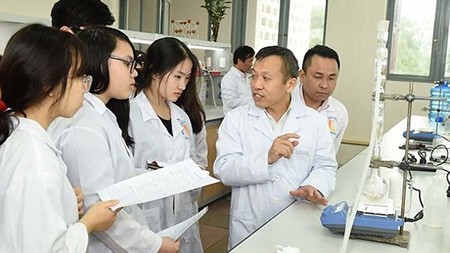
At present, the higher education system in Vietnam is divided into two types, the first of which is state-owned universities receiving budget totally from the nation and the second is fully autonomous universities (both state and private ones).
However, the Draft only considers all state-owned universities as one kind, and prepares content accordingly, which is not suitable at all.
Certain parts in the Draft such as details about state officials, their age limit when being assigned a post, working terms of managerial levels should not be applied to fully autonomous universities, where there are actually no state officials but employees on a fixed term contracts.
There should not be a limit of maximum 2 working terms or an age limit for an assigned post, since these universities are managed as a business, which operates based on credibility.
Deputy Prime Minister Vu Duc Dam once stated in the academic year opening ceremony of the Industrial University of Ho Chi Minh City that in the upcoming revised law on higher education, principals would not be affected by age limit or working term.
As said above, when being autonomous, a state-owned university operates like a business, which means the board of management holds the true power in making decision.
The principal, hence, will not be illogically under two levels of administration of both the governing body and the management board like now, leading to low performance.
Since 2015, there have been 23 state-owned universities being fully autonomous, all of which prove this is a sensible decision. They have all scored spectacular success and were all highly appreciated in the preliminary summary meeting of 2017.
For all higher educational institutes to further developed, obstacles regarding policies must be cleaned in accordance with the request of Resolution No.19.






















